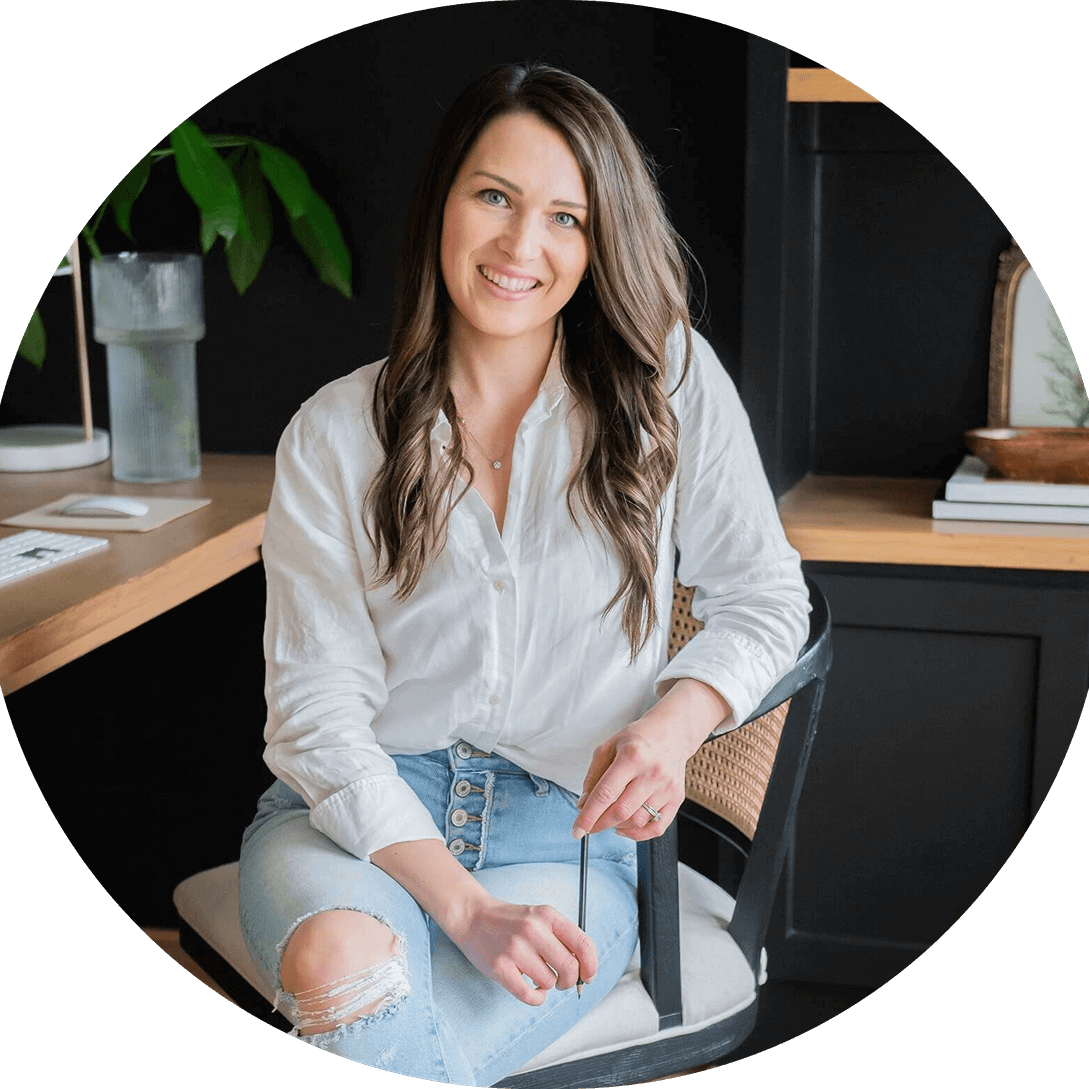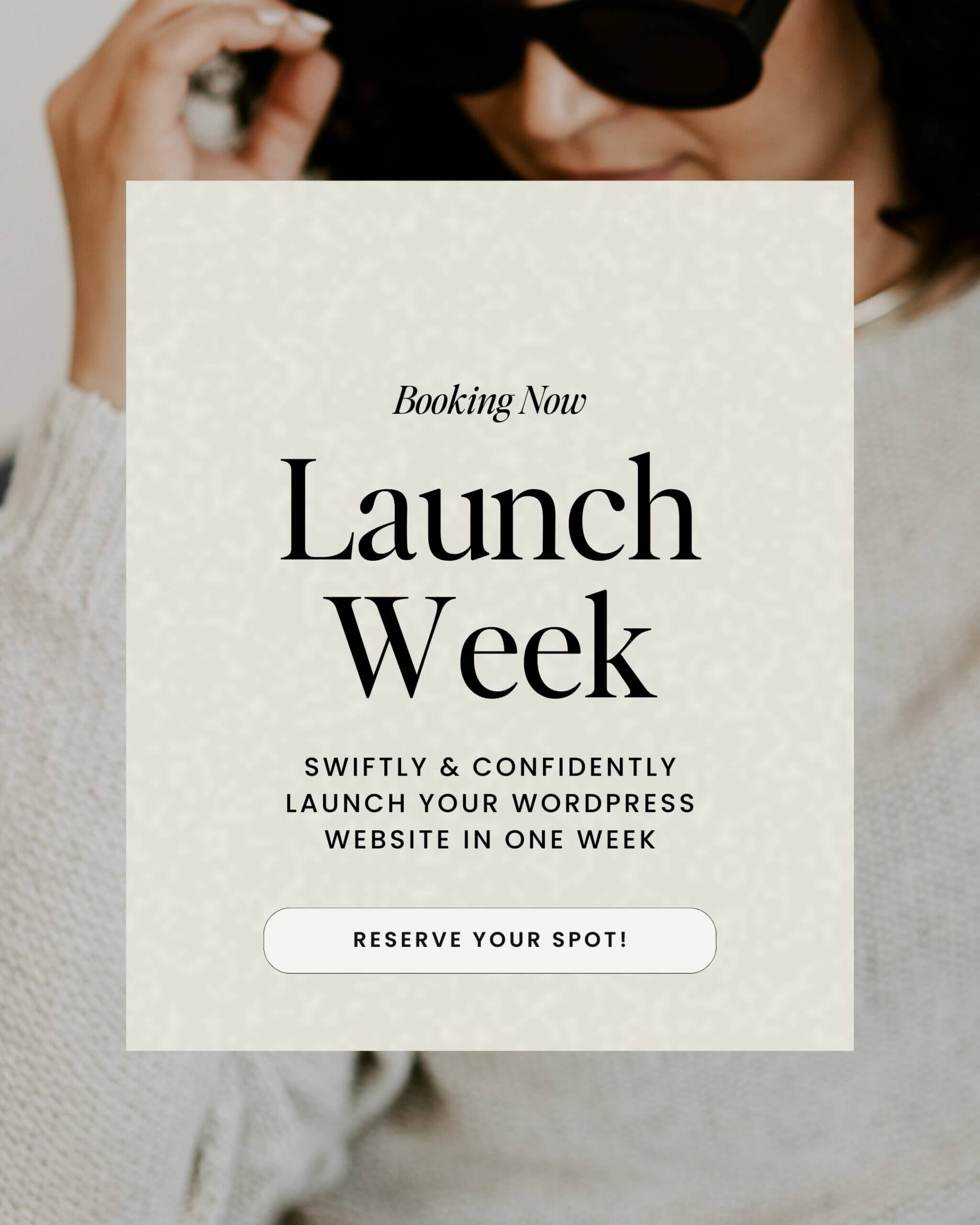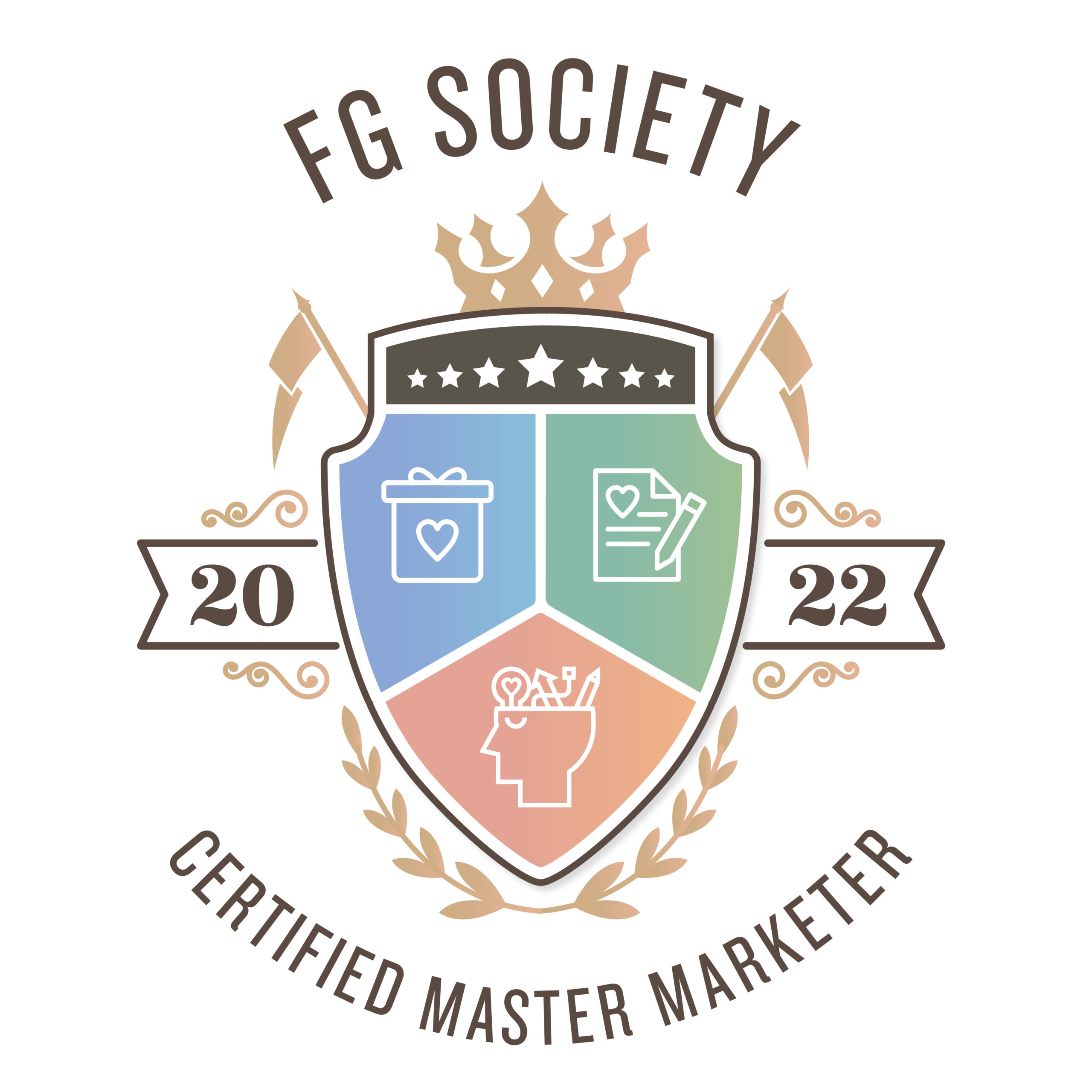If you’re an interior designer, real estate agent, or other service provider, you already know your website is a visual showcase and the main portfolio of your work. Your images are the thing that communicates your style, skill, and value to potential clients.
But what if those gorgeous photos aren’t working as hard as they could be?
Here’s the thing: Google can’t “see” your beautifully styled living room or perfectly staged kitchen (unless you tell it what’s there.) That’s why alt text (short for alternative text) is so important.
Alt text is a short written description that explains what an image shows. It serves two main purposes that are both incredibly important for your website visitors.
The first is accessibility: It helps people who use screen readers, like those who are blind or visually impaired, understand what’s in an image.
And the second is because alt text and SEO go hand in hand. Alt text gives search engines context about your images so they can show up in more search results, boosting your visibility and traffic.
In this blog, we’re answering the question “what is alt text,” why it matters, how to write it strategically for SEO, and best practices specifically for interior designers and design-driven business owners.
What is alt text (and why does it matter)?
Alt text is short for alternative text. It is a short description you add to your website images. Alt text will be used in three main places.
- Screen Readers: Visually impaired visitors may use assistive technology to browse your website, and alt text makes sure your website is accessible.
- Search Engines: Since Google and other search engines can’t “see” images, alt text helps them understand what’s in your images which makes your content more discoverable.
- Image Fallback: If an image doesn’t load for a user (due to slow connections or browser issues), alt text displays in its place, giving them some context.
For visual-first businesses like interior designers and real estate agents, this matters a lot. Your photos are your portfolio and they tell your brand story. But if you don’t add alt text, they’re invisible to search engines, and you miss out on valuable opportunities for organic traffic.
In WordPress, adding alt text is easy (we’ll get into that soon), and it’s one of the most important on-page SEO best practices you can implement.
Common alt text mistakes on WordPress
Writing alt text seems simple, but a lot of business owners make mistakes that can actually hurt SEO or accessibility. Good alt text strikes a balance: clear, concise, descriptive, and relevant, without feeling spammy or robotic. Here are a few of the most common mistakes we see (that we help our clients avoid):
Skipping alt text altogether
In other words, you upload gorgeous images but leave the alt text field empty. No description means search engines and screen readers have no clue what your image is about, so it can’t help your SEO or accessibility.
Using the same alt text for every image
Copy/pasting “modern living room interior design” on every image won’t cut it. Google values unique, descriptive alt text for each image because it shows that your content is relevant and thoughtful.
Keyword stuffing
This one’s a big no-no for any kind of SEO. But it’s also not ideal for accessibility. Adding “interior design, modern farmhouse, Charlotte” all crammed together? That’s not helping anyone. Alt text should sound natural and reflect what’s in the image (not just your keyword list!) And hey—if those keywords fit naturally into the description, that’s a total win!
Forgetting to update alt text when reusing images
If you use the same image across different pages or in different contexts, tailor the alt text to fit the context (and keywords) of each page.
How to write alt text
So, wondering how to write alt text that works for both SEO and accessibility? The easiest way to describe it is to think conversationally. You want to type as if you’re describing the image over the phone to someone who can’t see it.
Be clear and descriptive
Describe exactly what’s in the image, without overexplaining. Imagine walking someone through what they’d see:
- Room type (e.g., living room, kitchen, foyer)
- Style (e.g., boho, modern, traditional)
- Standout features (e.g., navy cabinetry, brass fixtures, vaulted ceiling)
Incorporate natural keywords
If a keyword fits naturally (like “modern kitchen with marble island”), great! But don’t force it. Prioritize clarity and usefulness first.
Here are a few example transformations:
❌ “Image” ✅ “Neutral-toned modern farmhouse living room with leather sectional and exposed beams”
❌ “Kitchen” ✅ “White shaker-style kitchen with quartz countertops and gold hardware”
This kind of alt text makes your photos not only accessible but SEO-friendly, and ensures that your images are pulling their weight online.
WordPress tips for managing alt text
If you’re running a WordPress website (and all of our clients are!), managing alt text efficiently is an important part of keeping things streamlined, SEO-friendly, and accessible.
Where to add alt text in WordPress
There are two main places you can write alt text for images in WordPress:
- Media Library: Upload or click on any image in your Media Library and you’ll see an “Alternative Text” field. This is where you add your description.
- Gutenberg Block Editor: When you add an Image Block, look to the right-hand sidebar for the “Alt text” field.
Plugins that make alt text and SEO easier
Of course, you don’t have to figure out how to write alt text for images all on your own. Plugins make writing alt text easier (and help you remember to do it all the time!)
RankMath (our favorite SEO plugin) gives friendly nudges if your images are missing alt text and helps guide you on SEO best practices for alt text and more.
Accessibility Checker scans your site for accessibility issues (like missing alt text) so you can make sure your website serves all visitors well.
Pro tip! When we launch WordPress sites for our clients, we build alt text writing into our content upload process so your images are not just stunning, they’re strategic. Don’t make alt text an afterthought! Bake it right into how you optimize your site from day one.
How to write alt text for designers & realtors: think like a storyteller!
If you’re an interior designer, realtor, or other creative business owner, your images are doing a lot of heavy lifting. They’re showcasing your aesthetic, your expertise, and the lifestyle you help create. But alt text is how you give those images context, even when they’re not being “seen.”
If you’re an interior designer, remember: your alt text can go beyond “living room” or “kitchen.” Describe the mood, materials, and standout features that set the space apart.
For example: “Cozy modern farmhouse living room with reclaimed wood beams, neutral linen sofa, and woven jute rug” helps SEO but also tells a story your ideal client will connect with.
If you’re a realtor, focus on the key selling points that matter most to buyers: layout, natural light, and unique architectural details.
For example: “Open-concept kitchen with quartz countertops, large island, and floor-to-ceiling windows with city views” This gives prospective buyers (and search engines) valuable insight before they even click through to your site.
You can think of alt text as the invisible voiceover to your portfolio, so make it count!
Alt text makes your visuals work smarter
Alt text is so much more than a technical check box. It’s smart branding for your visual-first business. Whether your an interior designer showcasing your latest project or a realtor focusing on the luxury home market, alt text gets your images working harder for you by boosting SEO and accessibility.
Now you know how to write alt text!
You’re already investing time and energy into creating beautiful spaces and the photos to go with them. Make sure those images (and your business!) are seen, understood, and found by the right audience.
Want help getting found online?
That’s exactly what we do! Book a Scale with SEO session to start bringing more traffic to your site.




